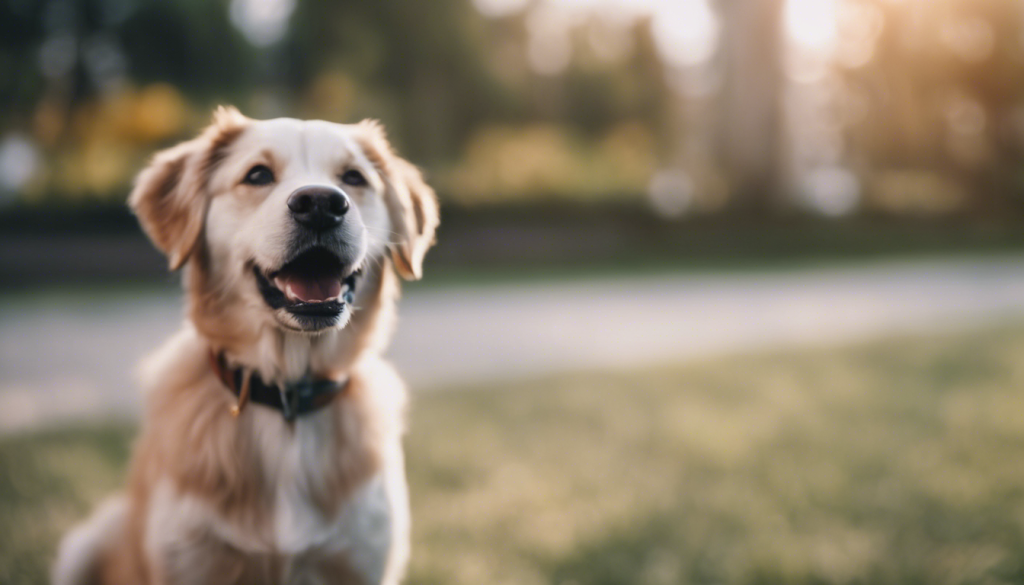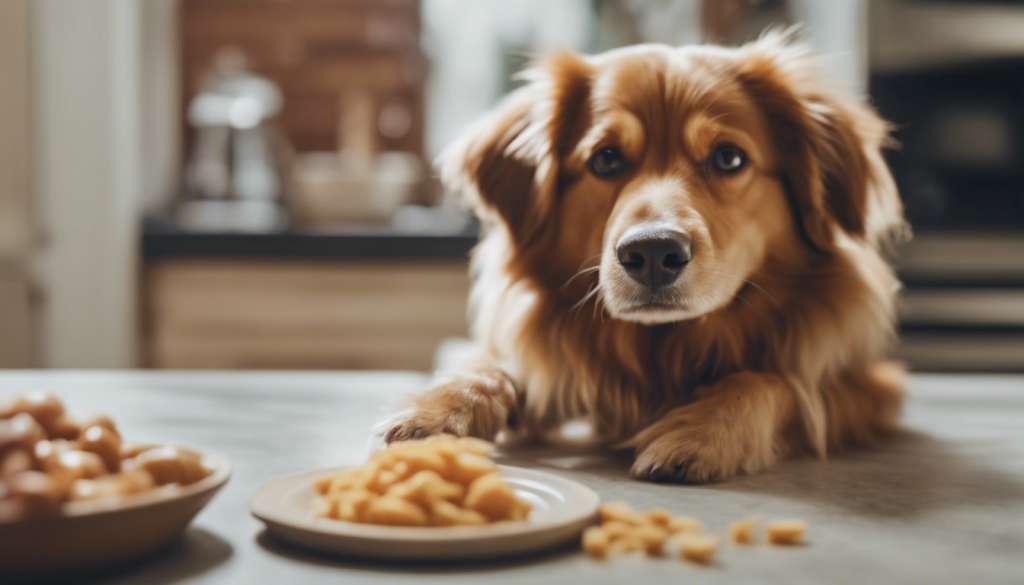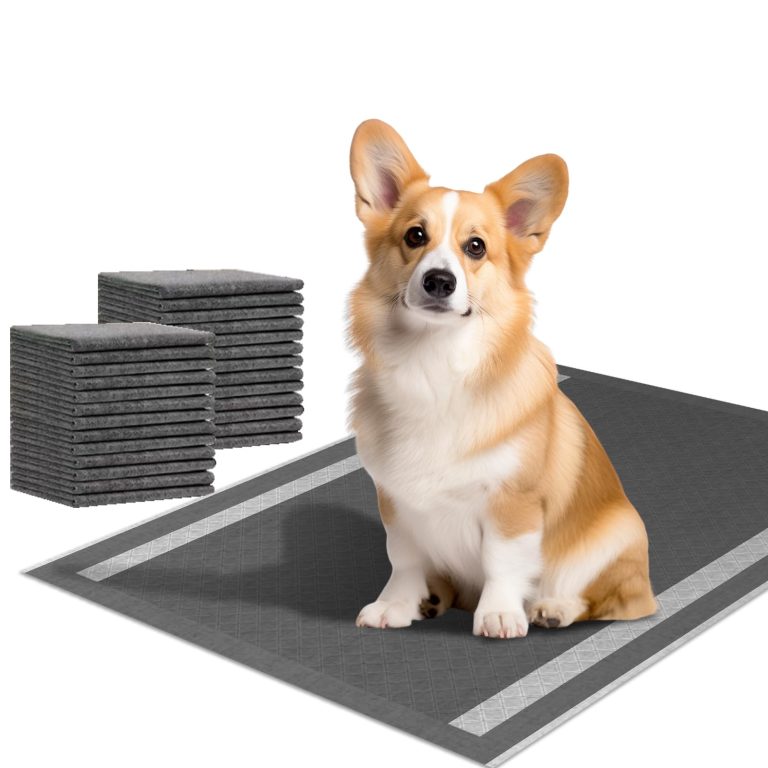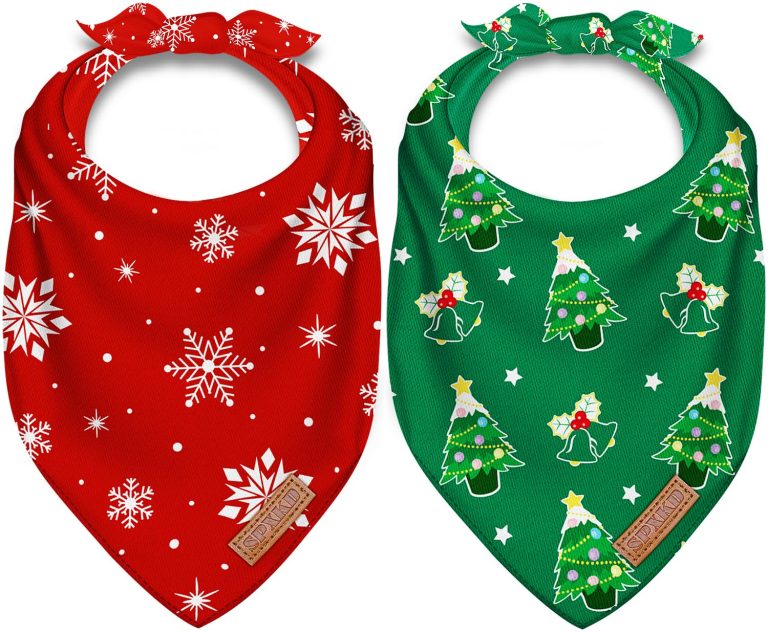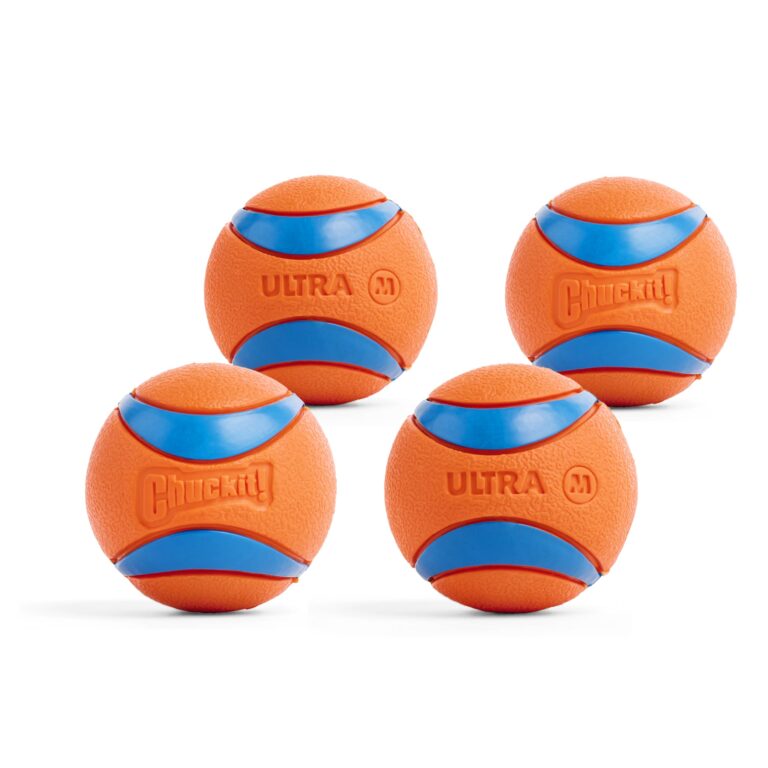Training Your Dog to Be a Well-Behaved Skateboarding Companion
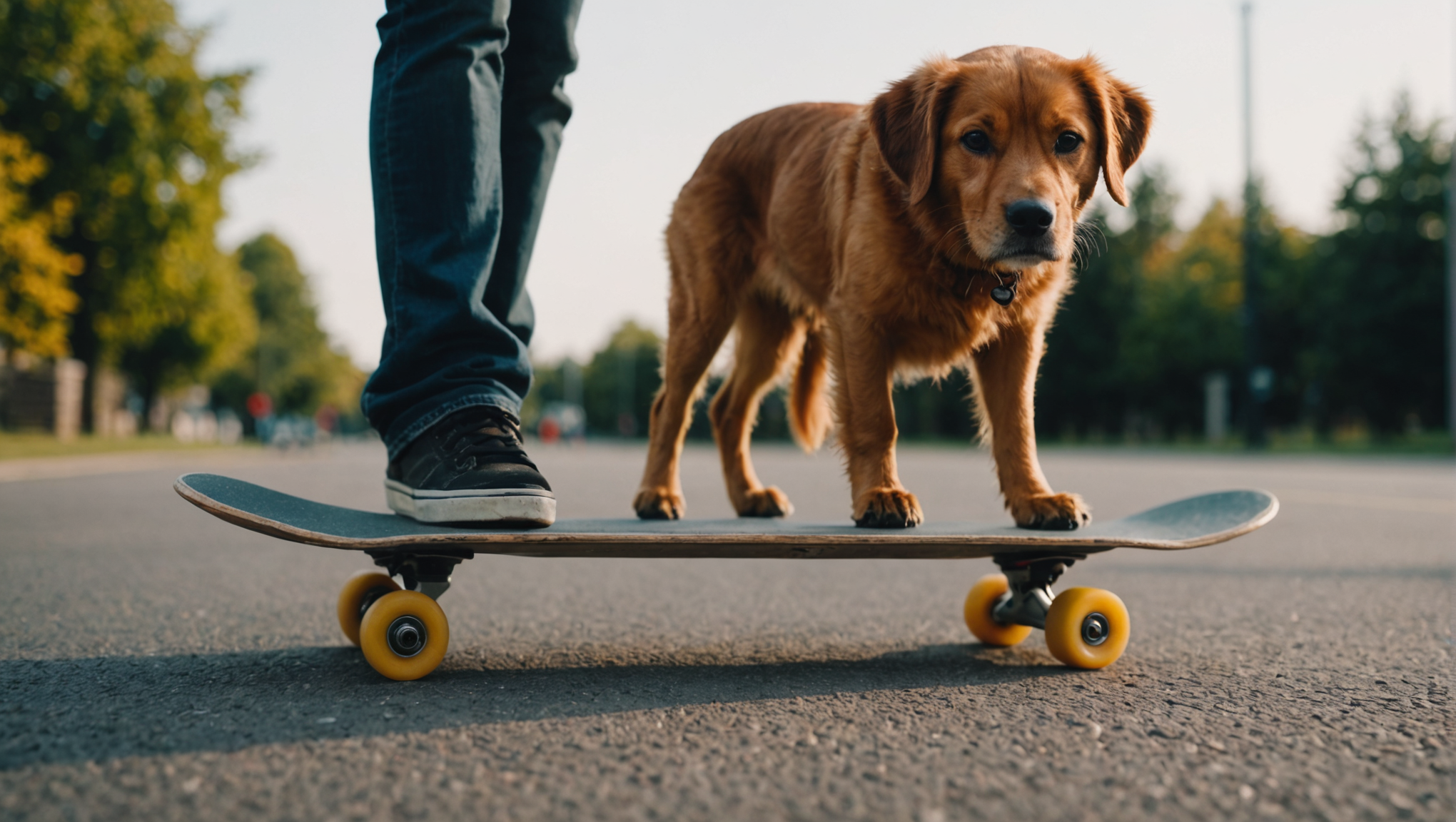
As you embark on the rewarding journey of training your dog to be a well-behaved skateboarding companion, it is imperative to first delve into the intricacies of canine behavior and its relationship with skateboarding culture. Dogs, inherently social creatures, thrive on structure and positive reinforcements, and their behavior can greatly influence how they adapt to the exhilarating world of skateboarding.
The essence of understanding dog behavior lies in recognizing that each canine personality is distinct, influenced by breed characteristics, individual temperament, and previous experiences. For instance, high-energy breeds like Jack Russell Terriers or Border Collies may exhibit an innate enthusiasm for the fast-paced nature of skateboarding, while more reserved breeds might require additional encouragement and gradual exposure. It’s crucial to assess your dog’s unique traits, as this will guide you in modifying your training techniques to best meet their needs.
Moreover, dogs communicate predominantly through body language; thus, it is vital for owners to become adept at interpreting these non-verbal signals. A wagging tail coupled with a relaxed body stance indicates excitement, which can be leveraged positively in training sessions. Conversely, flattening of the ears and a tucked tail may signal discomfort or anxiety, necessitating a reassessment of the training environment. As noted by the renowned canine behaviorist John Paul Scott, “to understand the dog, we must understand the dog’s world.” In this light, creating an encouraging atmosphere during training sessions can significantly aid in reinforcing desired behaviors.
The introduction of skateboarding into your dog’s routine must be approached with careful consideration of their natural instincts. Dogs are often intrigued by moving objects, and the sound of wheels gliding can be captivating. Yet, with this fascination comes a need for boundaries. Establishing a clear distinction between playtime and training time can help your dog understand the context of skateboarding—that it’s not merely an entertaining distraction, but part of a structured activity where discipline plays a vital role.
Furthermore, using the power of positive reinforcement is paramount when transitioning your dog to the skateboard. This includes rewarding desired behaviors with treats, praise, or play, thereby making the experience pleasurable and encouraging your dog to willingly engage. Techniques such as clicker training can be particularly effective, as they create an immediate association between the behavior exhibited and the reward given.
Environmental factors also play a significant role in shaping your dog’s perception of skateboarding. Initiating training in a calm, familiar setting can aid in reducing potential distractions, allowing your dog to concentrate better on learning commands and navigating the skateboard. Gradually, you can introduce them to noisier, more bustling locations, always ensuring that their comfort and confidence are prioritized throughout the process.
By fostering a bond rooted in trust, patience, and understanding, you can cultivate not only a well-behaved skateboarding companion but also a profound partnership that celebrates the joy of shared experiences. As you delve deeper into this venture, remember that each interaction is not merely a training session, but an opportunity to connect with your dog on a meaningful level, paving the way for countless adventures filled with fun and companionship.
Essential Commands for Your Dog
Central to fostering a harmonious relationship between you and your dog while skateboarding are a few essential commands that serve as the bedrock of effective training. These commands enhance communication and promote safety, allowing for a seamless skateboarding experience that prioritizes the well-being of both you and your canine companion. The foundational commands to instill in your dog include ‘Sit,’ ‘Stay,’ ‘Come,’ ‘Heel,’ and ‘Leave it.’ Mastery of these commands not only signifies a well-trained dog but also strengthens your bond through mutual respect and understanding.
The command ‘Sit’ is often the first command taught, as it establishes a fundamental level of obedience and creates a space for focused learning. By teaching your dog to sit before engaging with the skateboard, you instill an understanding that this command precedes any exciting activities, effectively setting the stage for future interactions. When consistent practice reinforces this command, it becomes a powerful tool to regain your dog’s attention amidst distractions.
Equally vital is the ‘Stay’ command, which ensures that your dog remains in a designated position until instructed otherwise. This command proves indispensable when the skateboard is in motion, as it allows you to momentarily halt at a stop or navigate tricky terrains without the concern of your dog darting off unexpectedly. Starting in a quiet environment can help solidify the command, gradually introducing distractions—such as the sound of a skateboard—to reinforce their compliance in varied scenarios.
The ‘Come’ command serves not only as a recall but as a safety net during outdoor sessions. In the event your dog ventures too far or becomes distracted by an enticing noise or scent, a solid ‘Come’ command will guide them back to your side. To deepen this command’s effectiveness, practice in controlled environments, progressively introducing higher levels of distraction. The more you reward your dog for returning promptly upon hearing ‘Come,’ the more ingrained the behavior will become.
In terms of navigation alongside the skateboard, the command ‘Heel’ is invaluable. Teaching your dog to walk at your side, maintaining pace with the skateboard, not only showcases their obedience but also ensures safety during rides. This command can be taught using a combination of leash work and treats, providing a physical cue while rewarding good behavior. Emergencies can arise at any moment while you’re skating, and the ability to call your dog to heel is instrumental in avoiding accidents.
Lastly, the command ‘Leave it’ very important in preventing your dog from getting distracted or unsafe. Whether it’s a tempting piece of food on the ground or a moving object, ensuring your dog recognizes when to abandon their interests is essential for fostering a safe skating environment. Training this command involves patience and repetition, paired with timely rewards that reinforce their decision to disregard the distraction.
The journey to teaching these commands should be infused with fun and positive experiences. Short training sessions interspersed with play or rewards will keep your dog engaged and eager to learn. Furthermore, consistency is key; using the same verbal cues and hand signals helps your dog associate the command with the expected behavior effectively. As your dog learns each command, reinforce the learned behavior with praise or treats, thereby solidifying their understanding and enthusiasm for the training process.
Through the diligent application of essential commands, you will empower your dog to thrive in the thrilling yet structured world of skateboarding while creating an environment grounded in safety, companionship, and respect. This foundation of training not only promotes excitement and loyalty but also equips you both with the necessary tools to navigate the adventures that lie ahead, fostering a lasting bond filled with love, joy, and shared exploration.
Safety Precautions for Skateboarding with Dogs
When it comes to skateboarding with your dog, safety is undeniably paramount. Ensuring both your well-being and that of your furry friend lays the groundwork for an enjoyable experience. To mitigate risks and promote a secure environment, there are several precautions that should be observed.
First and foremost, selecting appropriate gear for your dog is imperative. A well-fitted harness, as opposed to a traditional collar, is highly recommended, as it provides more control and comfort. The harness should be snug yet allows for freedom of movement; too tight can lead to discomfort and potential injury, while too loose may result in your dog slipping out. Brands that specifically design skateboarding-friendly gear, including reflective vests for visibility during low light conditions, can enhance safety while promoting awareness amongst other skaters and pedestrians.
In addition to appropriate gear, consider the surface you plan to skate on. Smooth, flat surfaces such as paved parks or empty parking lots are ideal, as they reduce the risk of tripping on uneven terrain. However, one must remain cognizant of potential hazards, including loose gravel, debris, or sudden dips that may startle your dog. Before embarking on a skateboarding session, it is prudent to assess the area for any lurking dangers and ensure that it’s conducive to a safe and enjoyable ride.
Furthermore, temperature plays an important role in your dog’s health and safety while skating. Dogs can easily overheat, especially while engaged in vigorous activities. Monitor your dog’s physical condition closely, especially during warm weather. Take breaks in shaded areas and ensure they have access to fresh water at all times. If the pavement is too hot to touch without discomfort, it’s wise to forgo skateboarding until conditions improve, as sensitive paw pads can be easily damaged by extreme heat.
Establishing a clear communication strategy with your dog during your skateboarding adventures will significantly enhance safety. Using vocal commands and hand signals effectively ensures that your dog understands when to stop, which direction to go, and how to navigate obstacles. Consistent reinforcement of these commands in quieter environments before hitting busier areas helps your dog feel secure and confident when it counts. Your dog should instinctively look to you for cues, creating an atmosphere of teamwork that stems from mutual understanding and respect.
Never underestimate the importance of socialization before hitting the streets. Before engaging in skateboarding, familiarizing your dog with the skateboard itself especially important. Allow them to sniff and investigate the board to demystify the object that may seem foreign or intimidating. Gradually, you can introduce them to the sound of the wheels rolling and practice stationary commands while the skateboard is motionless, creating a sense of familiarity and comfort.
Additionally, ponder the dynamics of your surroundings. Always be aware of other skateboarders, cyclists, pets, and pedestrians who share common spaces. Maintaining a distance from potential distractions minimizes the likelihood of abrupt movements and sudden reactions from your dog. Teaching your dog to respect personal space and the boundaries of others fosters a safer environment for everyone involved.
One great way to further improve the safety of your skateboarding outings is to utilize self-protective measures, such as wearing a helmet, knee pads, and elbow pads. Remember, your safety is just as important as your dog’s well-being. Furthermore, these precautions set a responsible example of safety for any other dog owners in the vicinity, highlighting the importance of being prepared and vigilant during outdoor activities.
By emphasizing safety throughout your training and skateboarding sessions, you create an environment conducive to enjoying the thrill and joy of this exciting activity with your canine companion. Prioritizing precautionary measures not only protects your dog but also enriches the bond you share, allowing each experience to be a harmonious blend of exhilaration, trust, and companionship.
Gradual Training Techniques for Skateboarding
Gradual training is an essential component of integrating skateboarding into your dog’s routine. The process requires time, patience, and a thoughtful approach, ensuring that your canine companion becomes comfortable with this dynamic activity without feeling overwhelmed. Initiating the journey with a gradual progression builds confidence and promotes a positive association with skateboarding.
Begin by immersing your dog in the environment where you plan to skate. This involves offering ample time for exploration and to investigate the skateboard itself, which should become a familiar object rather than an intimidating novelty. Place the skateboard on the ground and allow your dog to approach it at their own pace, emphasizing the importance of comfort and curiosity over fear. Encourage interaction through gentle praise or the use of tasty treats, reinforcing positive feelings associated with the skateboard.
Once your dog seems at ease with the presence of the skateboard, the next step is to introduce the concept of movement. Start by simply rolling the skateboard a short distance while it remains on the ground, being attentive to your dog’s body language during this process. Some dogs may initially react with excitement, while others may appear uncertain or apprehensive. Respond to their reactions with calm reassurance, gradually increasing the distance the skateboard rolls as your dog displays signs of comfort and curiosity.
In parallel, incorporate positive reinforcement during each phase of training. Each successful interaction—whether it’s sniffing the skateboard, stepping onto it, or remaining calm while it moves—should be rewarded with praise, treats, or playtime, creating an enjoyable experience that they will want to repeat. Gradually, you can introduce the skateboard’s motion alongside commands such as ‘Up’ or ‘Stand,’ teaching them to place their paws on the skateboard while stationary before transitioning to rolling.
When your dog becomes comfortable standing on the skateboard as it’s rolled lightly, it’s time to safely secure them. Begin by practicing short rides, starting at a very slow pace. Use a reliable harness to maintain control, so that you can gently direct your dog while promoting balance. Close the distance you maintain while skimming along smoothly, ensuring your dog feels stable and confident during each ride. The added security of your guidance fosters trust, paving the way for more adventurous journeys together.
As your dog grows accustomed to riding, ponder increasing the challenge. This could involve introducing slight inclines, gentle turns, or even the addition of familiar environments—fields, parks, or empty parking lots—wherein exciting contrasts can enhance their adaptability and confidence. This stepwise elevation in difficulty warrants careful observation; remain attentive to your dog’s stress levels and adjust activities accordingly. If they exhibit signs of anxiety or discomfort, simply revert to previous, more comfortable exercises until they’re ready to progress again.
Incorporate regular breaks during training sessions. Dogs can become fatigued or overstimulated, and downtime plays a critical role in preventing burnout. Use these intermissions to play a game or practice commands unrelated to the skateboard to keep their minds engaged yet nurturing relaxation and cohesion in your training approach.
Furthermore, ponder incorporating other dogs into the training process if possible. Establishing a playdate with another dog that’s already comfortable with skateboarding can serve as an invaluable example for your own dog, tapping into the innate social learning that occurs within canine interactions. Such peer demonstrations can provide your dog with encouragement and motivation, fostering a spirit of camaraderie that enhances the overall training experience.
Ultimately, the key to successful training lies in maintaining consistent routines and expectations. As you progress from passive observation to active participation, be mindful of your dog’s pace. Remember, training is not simply a method to an end; it’s an enriching experience—one filled with bonding moments, shared learning, and the exhilarating joy of discovering the world of skateboarding together. Embracing this journey, with its incremental milestones, will lay the groundwork for a lifelong partnership rooted in trust, respect, and endless adventures.
Tips for Maintaining Your Dog’s Focus and Energy
Keeping your dog’s focus and energy aligned with your skateboarding activities especially important for ensuring enjoyable and productive outings. Dogs, by nature, can exhibit bursts of energy interspersed with phases of distraction, making it imperative for owners to cultivate sustained engagement throughout their training and skating sessions. There are several strategies to maintain your dog’s attention while also promoting a healthy outlet for their energy, fostering an atmosphere of joy and excitement that amplifies the overall experience.
One of the most effective methods to keep your dog focused is to incorporate stimulating activities both before and during your skating sessions. Engaging your dog in a vigorous warm-up routine—such as a quick game of fetch or tug-of-war—before hitting the skatepark can channel their pent-up energy into a positive direction. This approach not only helps alleviate anxiety but also enhances their overall mental engagement, allowing them to approach the skateboard with enthusiasm rather than restlessness. Additionally, ensuring that your dog has met their daily exercise requirements prior to your skateboarding session can significantly improve their attention span and responsiveness.
Implementing a variety of training exercises during your skimming sessions will also maintain your dog’s focus while helping them understand their role as your skateboarding companion. Intermittently calling them to execute commands such as ‘Sit,’ ‘Come,’ or ‘Heel’ throughout your ride will serve to reinforce your established training foundation while simultaneously stimulating their cognitive abilities. You can also introduce agility challenges by incorporating weaving around cones or jumping over small obstacles alongside your path, which not only keeps your dog physically engaged but also sharpens their concentration on you and the task at hand.
Using positive reinforcement techniques is paramount when seeking to imropve focus during your outings. Every time your dog maintains good behavior or demonstrates desired responses to commands, be sure to reward them with praise, treats, or gentle petting. The consistency of this reinforcement cultivates a deeper understanding of expected behaviors and motivates your dog to remain engaged. As you skate, regularly incorporate short breaks to reward them for their efforts, providing a clear association between focused behavior and positive outcomes. Think carrying high-value treats that your dog particularly loves, as these can act as stronger motivators during your rides.
Creating a distraction-friendly environment is also vital. Gradually expose your dog to environments that are more likely to present distractions while skating, such as areas with other dogs, children, or general foot traffic. Start in less crowded settings, then slowly introduce more stimulating environments as their confidence and focus improve. Your ability to navigate these scenarios reflects not only their adaptability but also your commitment to fostering their independence while reinforcing focus under pressure. Each successful ride amid distractions should be celebrated, reinforcing their progress and encouraging their commitment to you.
It’s also beneficial to incorporate mind-stimulating games that exercise your dog’s cognitive abilities before or after skateboarding sessions. Puzzle toys filled with treats, games of hide-and-seek, or even scent tracks can serve as excellent mental workouts. These activities are designed to exert mental energy and help your dog learn to redirect their focus, sharpening their receptiveness in more stimulating environments. For instance, challenging your dog to find hidden treats after a skateboarding session can bolster their focus while also providing an enjoyable and rewarding experience.
Moreover, recognize the importance of managing your dog’s state of mind. Dogs can be particularly attuned to their owner’s emotions, so maintaining a calm and positive demeanor will influence their behavior significantly. If you’re feeling anxious or distracted, your dog may pick up on those signals and respond accordingly. Practice mindfulness and patience, and be present in each moment. When your dog appears unfocused or begins to stray, gently redirect their attention back to you using a calm voice or enticing treats, reinforcing the bond between you while keeping their energy in check.
Ultimately, fostering sustained focus and energy during your skateboarding outings is about creating a mutually rewarding experience that acknowledges your dog’s needs while cultivating an engaging environment. By blending physical activity, mental stimulation, and positive reinforcement, you will nurture not only your dog’s ability to concentrate and thrive in dynamic environments but also deepen the joy and companionship shared through this one-of-a-kind adventure. Embrace the journey, celebrating the moments of progress, connection, and camaraderie that transform each ride into a cherished memory with your beloved canine friend.
